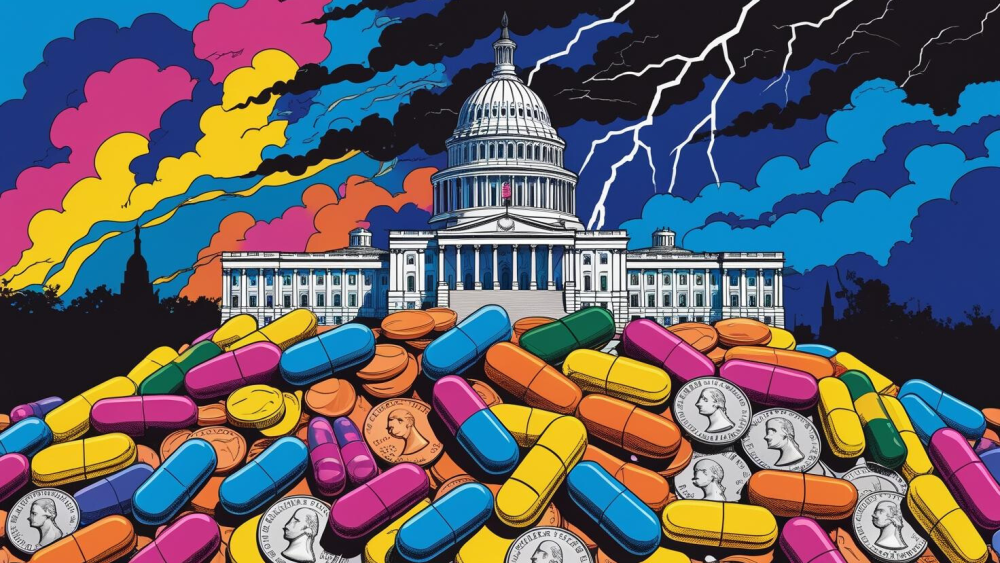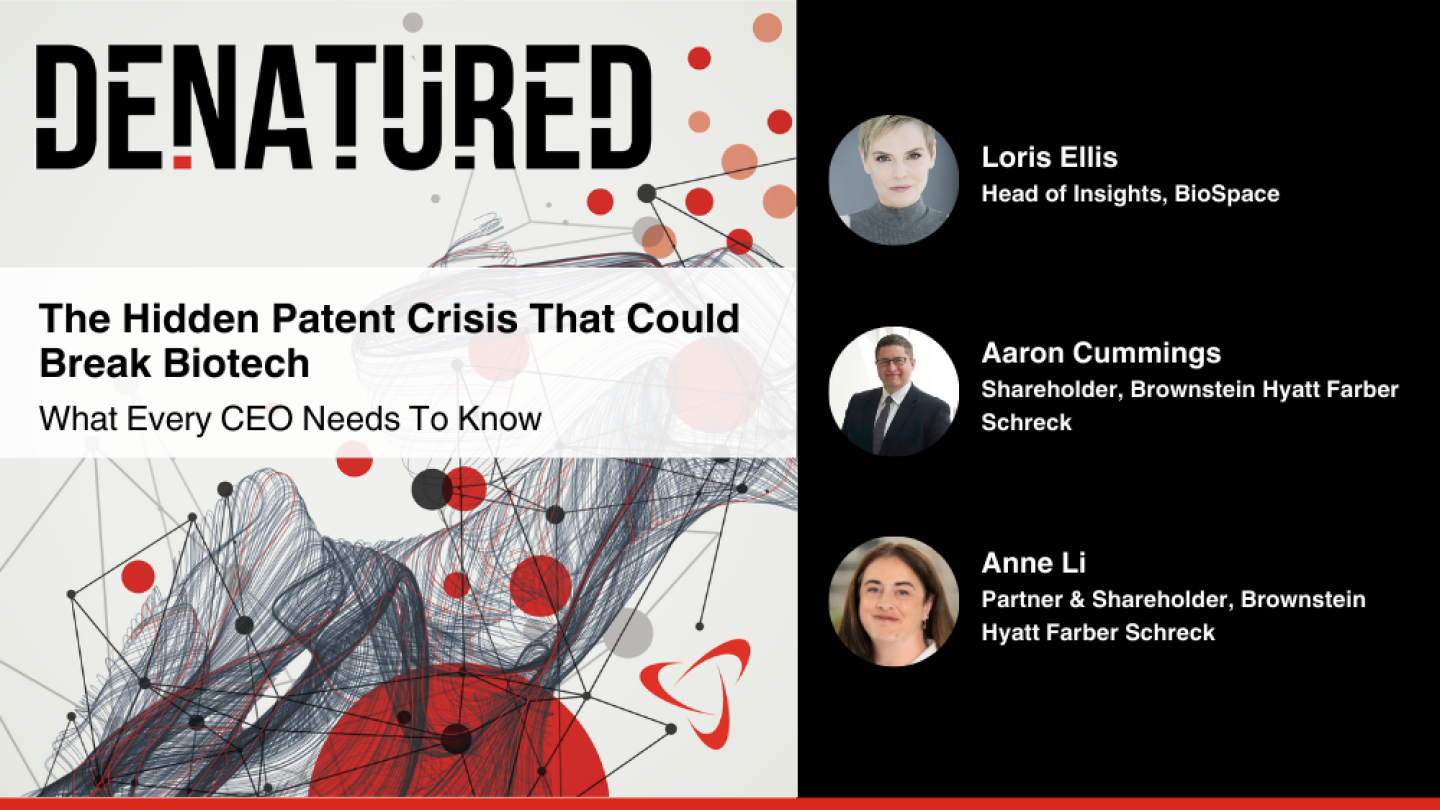News
A draft executive order obtained by The New York Times purports to clamp down on the pharmaceutical industry’s ability to buy new molecules from biotechs based in China, along with a number of other proposed reforms.
FEATURED STORIES
Drug pricing, budget cuts, tariffs and other shifts under the Trump administration undermine the biopharma and healthcare ecosystem.
The Inflation Reduction Act includes an exemption for orphan drugs for a single indication, but experts say this is far from sufficient to maintain momentum in the rare disease space.
In advance of this week’s CDC vaccine advisory meeting, HHS Secretary Robert F. Kennedy Jr. restacked the committee, claiming problematic industry ties within the previous group. Experts say ACIP had long navigated COIs appropriately and that the new appointees risk the apolitical nature of membership.
Job Trends
Bio-Techne Corporation is pleased to announce a significant milestone in its commitment to providing cutting-edge solutions to its customers.
FROM OUR EDITORS
Read our takes on the biggest stories happening in the industry.
Following restricted vaccine approvals and changes to CDC immunization schedules, Merck, Pfizer, GSK and Sanofi are all suffering revenue hits to their vaccine programs.
THE LATEST
WARN notices provide a heads up that staff will soon be unemployed, but the act that mandates them has some nuances. An attorney explains how the law works, common misconceptions about it and how it helps those about to lose their jobs.
The HHS secretary recently canceled $500 million worth of BARDA contracts around mRNA vaccine research. But the U.S. government has already spent billions on this work, which has saved millions of lives.
After two patients who received the investigational CDC7 blocker died, pushing forward with SGR-2921’s development would be “difficult,” according to Schrödinger, whose stock dropped 17.5% before the opening bell on Thursday.
The death was linked to acute kidney injury in a patient who had a single kidney remaining and a “complex medical history,” according to CytomX.
Vedanta is parting ways with 23 employees, or approximately 20% of its headcount, after Phase II data for microbiome therapy VE202 failed to demonstrate significant response rates in patients with ulcerative colitis.
Citing other priorities—such as the upcoming U.S.-Russia summit—four anonymous sources claim that pharma tariffs could still be weeks away, according to Reuters.
In this episode of Denatured, BioSpace’s head of insights Lori Ellis discusses the ‘enormous implications’ of patent policy changes with Aaron Cummings and Anne Li of Brownstein Hyatt Farber Schreck.
Looking for a biopharma job in Texas? Check out the BioSpace list of six companies hiring life sciences professionals like you.
The layoffs will not spare Generation’s R&D team, which will initially be retained while the biotech completes its strategic review but will eventually be let go.
Prasad Returns, Delany Departs, Lilly’s Weight Loss Pill Disappoints and Sarepta’s Fallout Continues
CBER Chief Vinay Prasad reclaimed his job less than two weeks after his mysterious exit; MAHA implementor Gray Delany is out after reportedly sparring with other agency officials over communications strategy; Eli Lilly’s first Phase III readout for oral obesity drug orforglipron missed analyst expectations; and Arrowhead Pharmaceuticals addresses the recent woes of its of partner Sarepta.

















